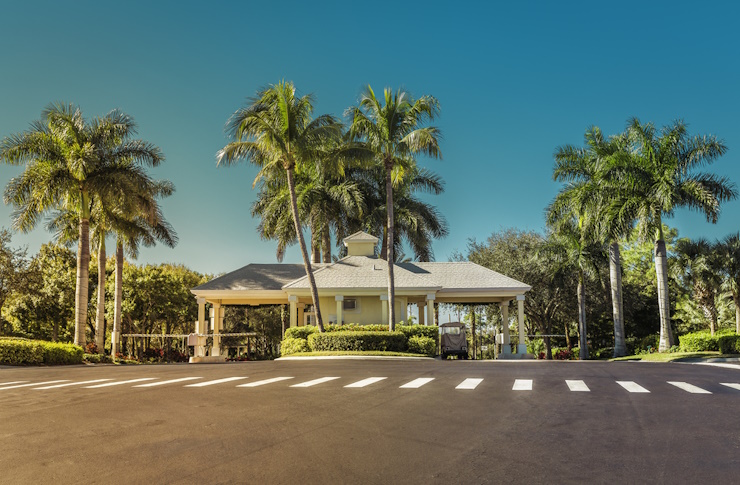Helpful Advice on 1 Bedroom 1 Bath Rentals for Seniors
Finding suitable one-bedroom, one-bathroom rental accommodations for seniors requires careful consideration of various factors, including accessibility, safety features, and affordability. This guide explores essential aspects to consider when searching for senior-friendly rental properties and provides practical insights for making informed decisions.

Understanding Senior-Specific Rental Requirements
Senior renters face unique considerations that differ significantly from younger demographics. Age-related discrimination remains illegal under federal fair housing laws, yet understanding your rights as an older renter proves essential. Many seniors require accommodations such as grab bars, ramp access, or modified bathroom fixtures, which landlords must reasonably provide under the Americans with Disabilities Act.
Income verification often differs for seniors, as many rely on Social Security, pensions, or retirement savings rather than traditional employment. Property managers typically accept these fixed income sources, though documentation requirements may vary. Some communities specifically cater to senior renters, offering age-restricted housing that provides additional protections and amenities designed for older adults.
How to Find Suitable Senior Rental Properties
Locating appropriate rental properties requires strategic approaches beyond standard apartment hunting methods. Local Area Agencies on Aging often maintain databases of senior-friendly housing options and can provide valuable guidance about available resources. Online platforms increasingly include filters for accessibility features, allowing seniors to identify properties with necessary accommodations before scheduling viewings.
Community organizations, senior centers, and local services frequently share information about upcoming rental opportunities specifically suited for older adults. Word-of-mouth recommendations from peers who have successfully navigated similar housing transitions can provide insights into responsive landlords and well-maintained properties in your area.
Essential Features to Consider in Senior Rentals
Beyond basic square footage and rental costs, specific features significantly impact daily living quality for seniors. Ground-floor units eliminate stair climbing concerns, while properties with elevators ensure accessibility regardless of floor level. Bathroom safety features including non-slip flooring, adequate lighting, and space for mobility aids deserve careful evaluation during property visits.
Kitchen accessibility considerations include counter heights, cabinet reach requirements, and appliance placement that accommodates potential mobility limitations. Adequate lighting throughout the unit, especially in hallways and entryways, enhances safety and reduces fall risks. Proximity to medical facilities, public transportation, and essential services like grocery stores and pharmacies becomes increasingly important for maintaining independence.
Understanding Lease Terms and Senior Rights
Lease agreements present specific considerations for senior renters that warrant careful attention. Month-to-month arrangements often provide flexibility for seniors whose housing needs may change due to health considerations, while longer leases typically offer rental rate stability. Understanding modification policies proves crucial, as seniors may need to install safety equipment or make accessibility improvements during their tenancy.
Security deposit requirements and pet policies deserve special attention, particularly for seniors with service animals or emotional support pets. Many states offer additional protections for senior renters, including extended notice periods for rent increases or evictions, making familiarity with local regulations beneficial for protecting your interests.
Analyzing Typical Costs and Budgeting Considerations
Rental costs for one-bedroom apartments vary significantly based on location, amenities, and local market conditions. Understanding the complete financial picture extends beyond monthly rent to include utilities, parking fees, and potential community amenities charges.
| Location Type | Average Monthly Rent | Typical Utilities | Additional Fees |
|---|---|---|---|
| Urban Centers | $1,200 - $2,500 | $100 - $200 | $50 - $150 |
| Suburban Areas | $800 - $1,800 | $80 - $150 | $25 - $100 |
| Rural Communities | $500 - $1,200 | $60 - $120 | $0 - $75 |
| Senior Communities | $900 - $2,200 | $75 - $175 | $100 - $300 |
Financial planning for senior rentals should account for potential rent increases, typically ranging from 2-5% annually in most markets. Many seniors benefit from dedicating no more than 30% of their total income to housing costs, though this percentage may need adjustment based on healthcare expenses and other fixed costs. Some communities offer sliding scale rent based on income, particularly in subsidized housing programs designed for seniors.
Prices, rates, or cost estimates mentioned in this article are based on the latest available information but may change over time. Independent research is advised before making financial decisions.
Conclusion
Successfully securing appropriate rental housing requires careful consideration of both immediate needs and potential future requirements. One-bedroom, one-bathroom units offer manageable living spaces that can accommodate aging in place while maintaining independence. By understanding senior-specific rental requirements, researching suitable properties through appropriate channels, and carefully evaluating essential features and lease terms, older adults can make informed housing decisions that support their long-term well-being and financial stability.




